Ever caught yourself staring in the mirror, trying to figure out where that new patch of discoloration on your cheek came from? You’re not alone. Face pigmentation—whether it’s from sun damage, acne scars, hormonal shifts, or just stress catching up with your skin—can be stubborn, frustrating, and surprisingly emotional. But here’s the thing: while not all pigmentation is reversible, there’s plenty you can do to soften it naturally.
And no, we’re not talking about overnight miracle fixes or mysterious potions off TikTok. We’re keeping it real—science-backed, home-friendly, and oh-so-manageable.
Let’s walk through 10 gentle, natural tips that actually make a difference.
1. Start with Sun Protection (Seriously, Every Day)

You’ve probably heard it a hundred times—but that’s because it matters. The sun is the biggest trigger for hyperpigmentation. UVA rays (the sneaky ones that age you) and UVB rays (the ones that burn) team up like a villain duo to deepen dark spots.
So, yes: SPF 30 or higher. Daily. Even if it’s cloudy. Even if you’re just running errands. Mineral sunscreens with zinc oxide or titanium dioxide are your best bet—they’re gentle and give broad-spectrum protection without clogging pores.
Quick tip: Reapply every 2–3 hours if you’re outdoors. Set a reminder. Your skin will thank you later.
2. Vitamin C—But the Real Kind
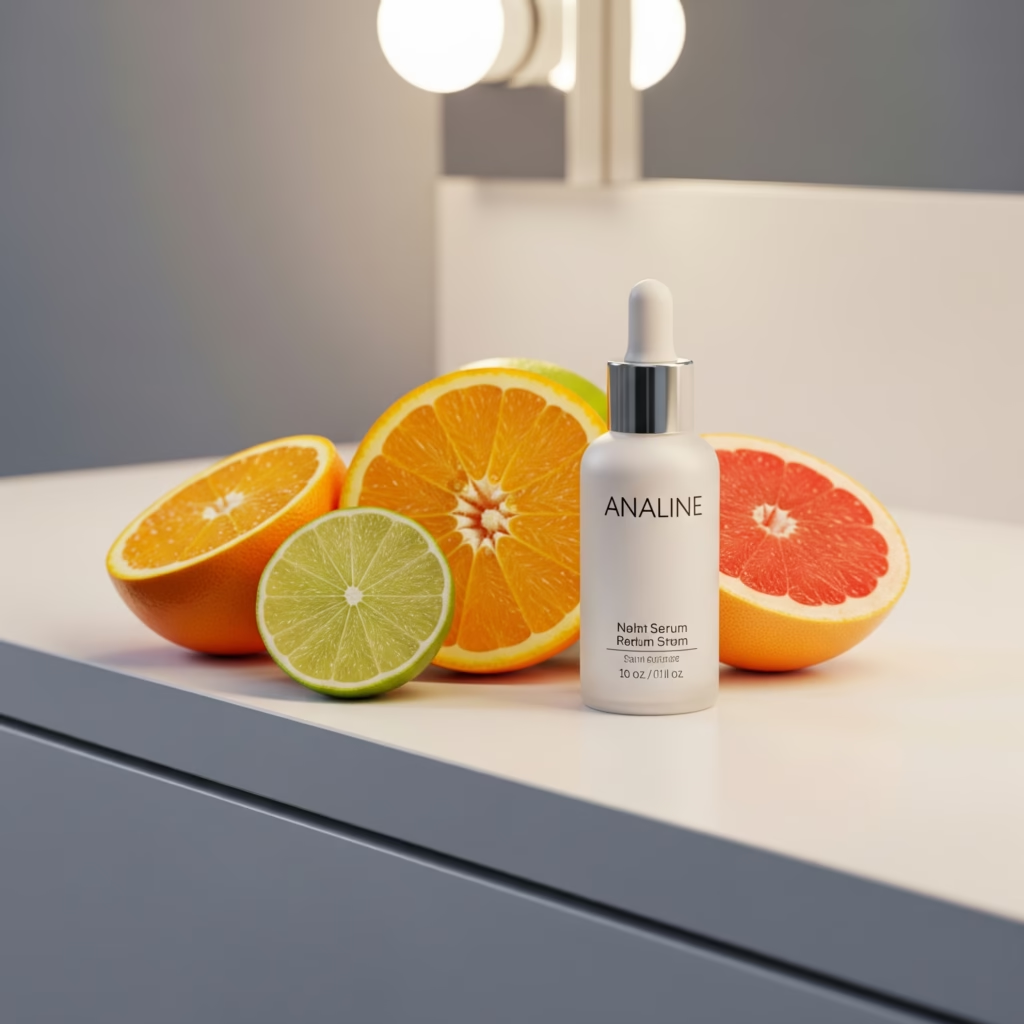
You don’t have to splurge on luxury serums to get results. A good-quality vitamin C product (L-ascorbic acid form, ideally between 10–20% concentration) can help fade pigmentation and brighten your overall complexion. It’s a natural antioxidant powerhouse—think of it like lemon juice, but engineered for your skin.
But here’s a twist—some people are sensitive to high-strength vitamin C. If you get irritation, ease into it with every-other-day use, or look for magnesium ascorbyl phosphate, a gentler version.
Oh, and yes—orange juice is good for your immune system, but it’s not going to fix pigmentation. Let’s not go rubbing fruit on our face, okay?
3. Aloe Vera Isn’t Just for Sunburns
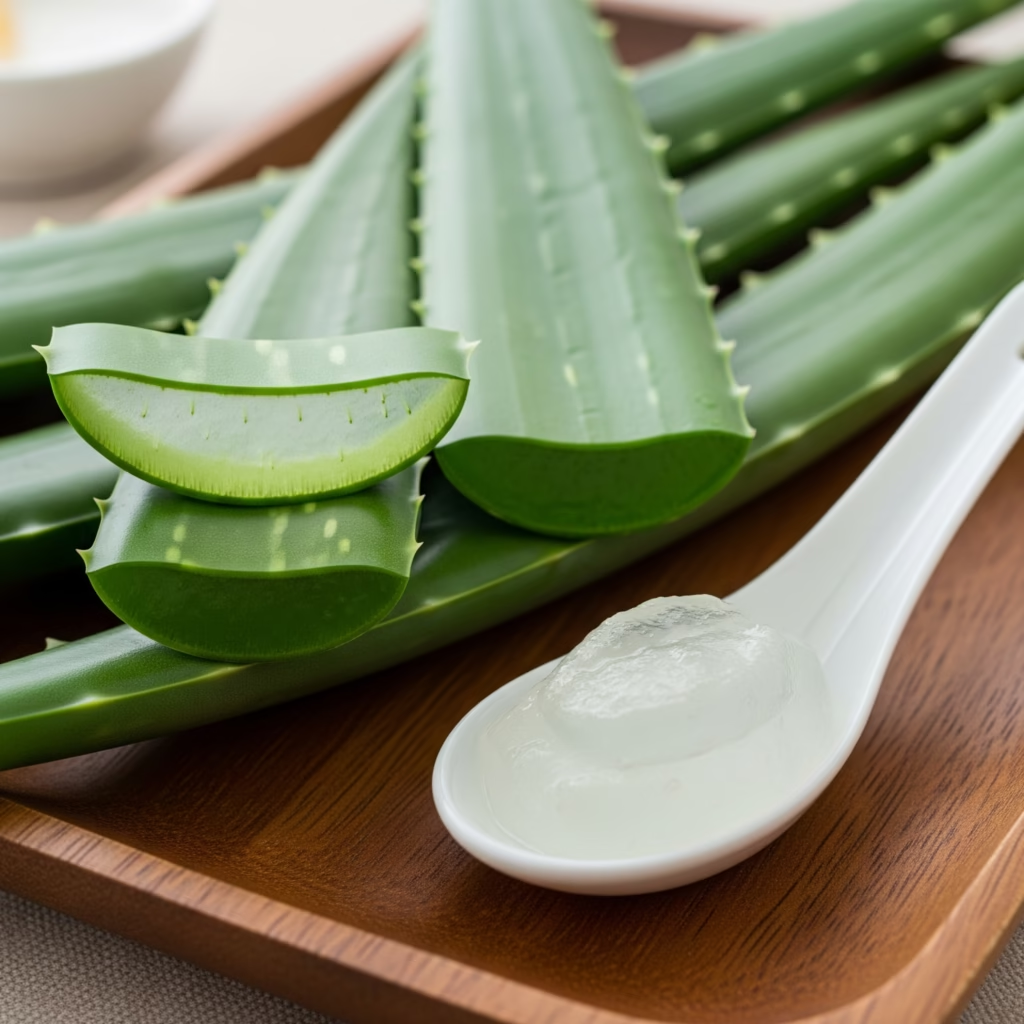
Straight from the plant or in a clean gel form, aloe vera contains aloin, a natural depigmenting compound. Use it as a cooling mask at night. Not only does it help reduce inflammation, but over time, it can gently lighten darker areas and help your skin regenerate.
It’s not instant—but it is soothing. Plus, it gives your skin that hydrated, glassy finish that even fancy serums chase after.
4. Licorice Root Extract—Underrated and Powerful
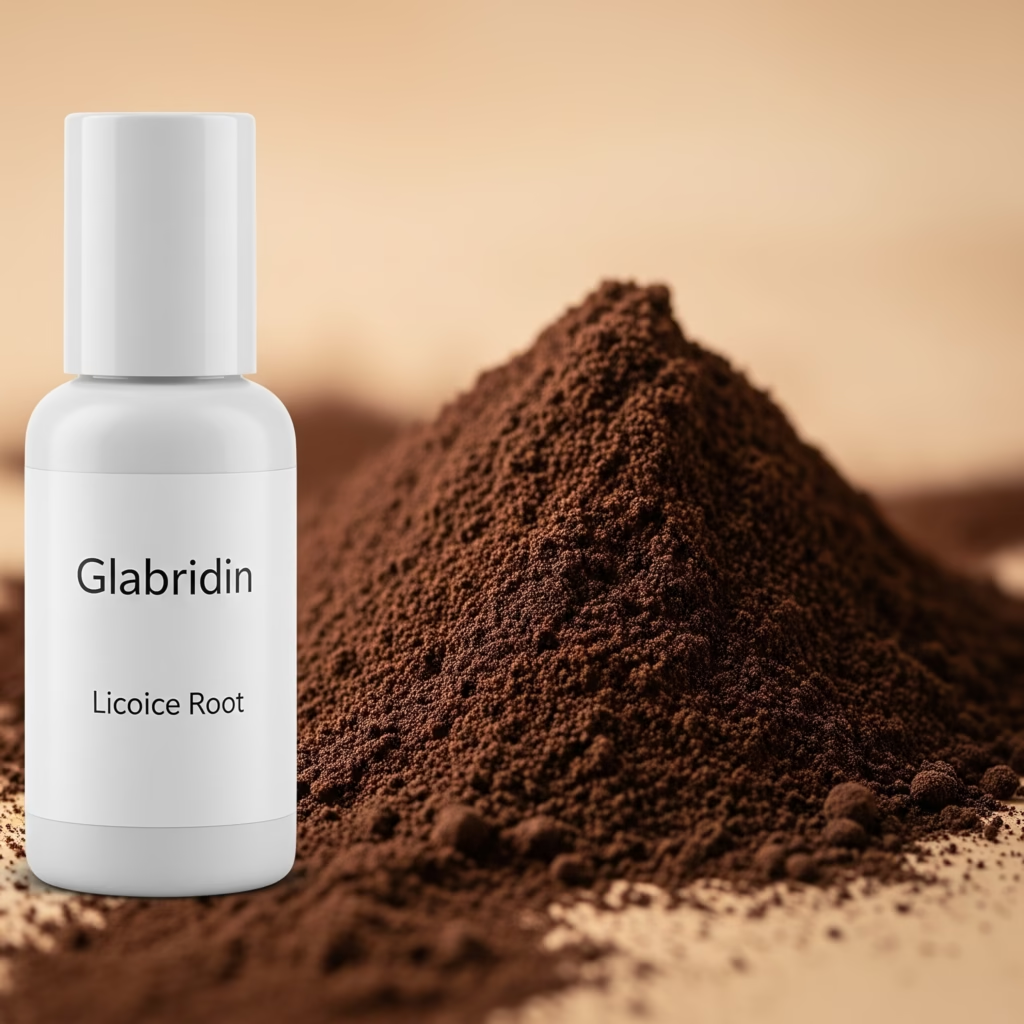
This one’s a quiet hero. Licorice root (often listed as glabridin in skincare ingredients) inhibits the enzyme that triggers melanin production. It’s safe for sensitive skin and works well layered under sunscreen or paired with niacinamide.
In some parts of Asia, it’s been a go-to for centuries—and let’s be honest, they’re often miles ahead on skincare traditions. Add this to your routine and you’ll see what the hype’s about.
5. Niacinamide: The Skin Multitasker
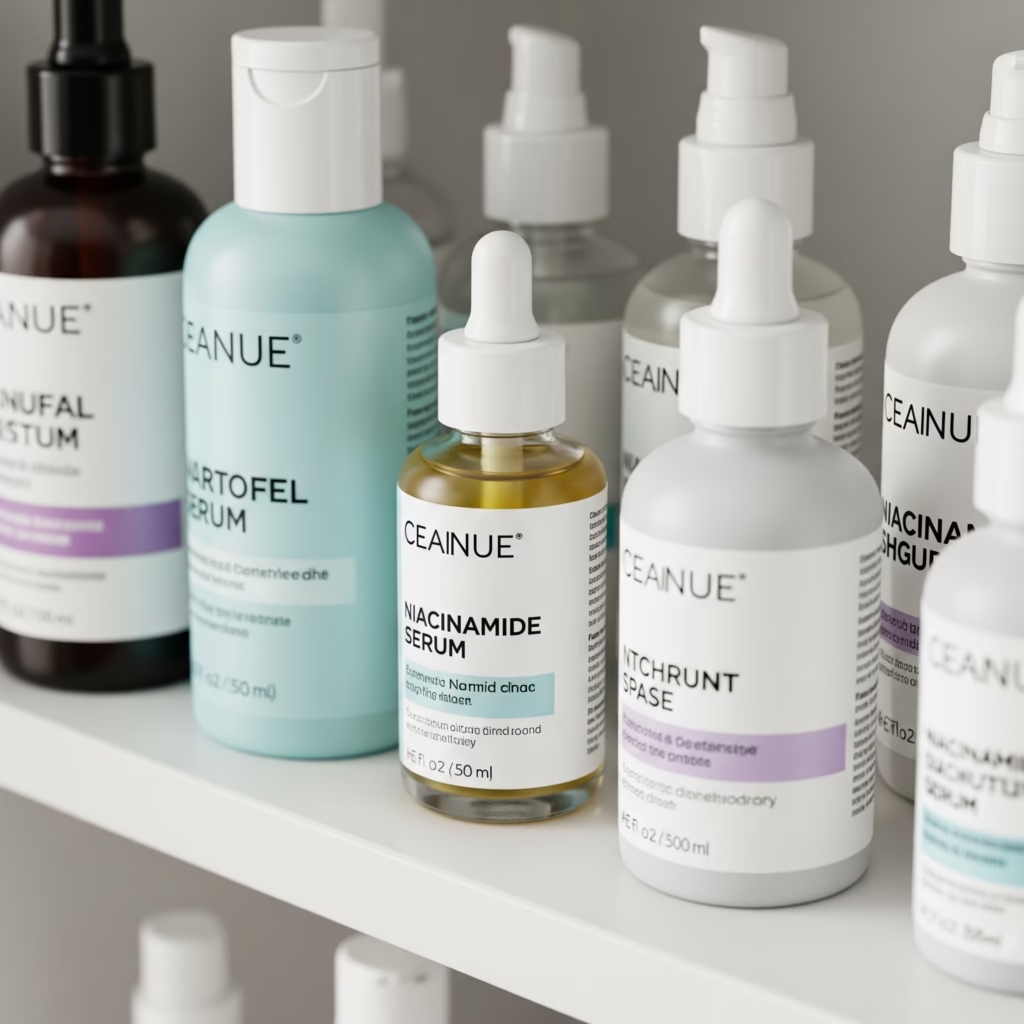
Think of niacinamide (vitamin B3) like that friend who’s good at everything—brightening, calming, moisturizing, and even oil-balancing. It helps reduce the transfer of melanin to skin cells, which can lighten dark spots over time.
What’s beautiful about it? It plays well with others—vitamin C, retinol, even acids. A 5% concentration is a good place to start.
And don’t worry—it sounds clinical, but it’s one of the most well-tolerated ingredients out there.
6. Exfoliate Gently—but Do It
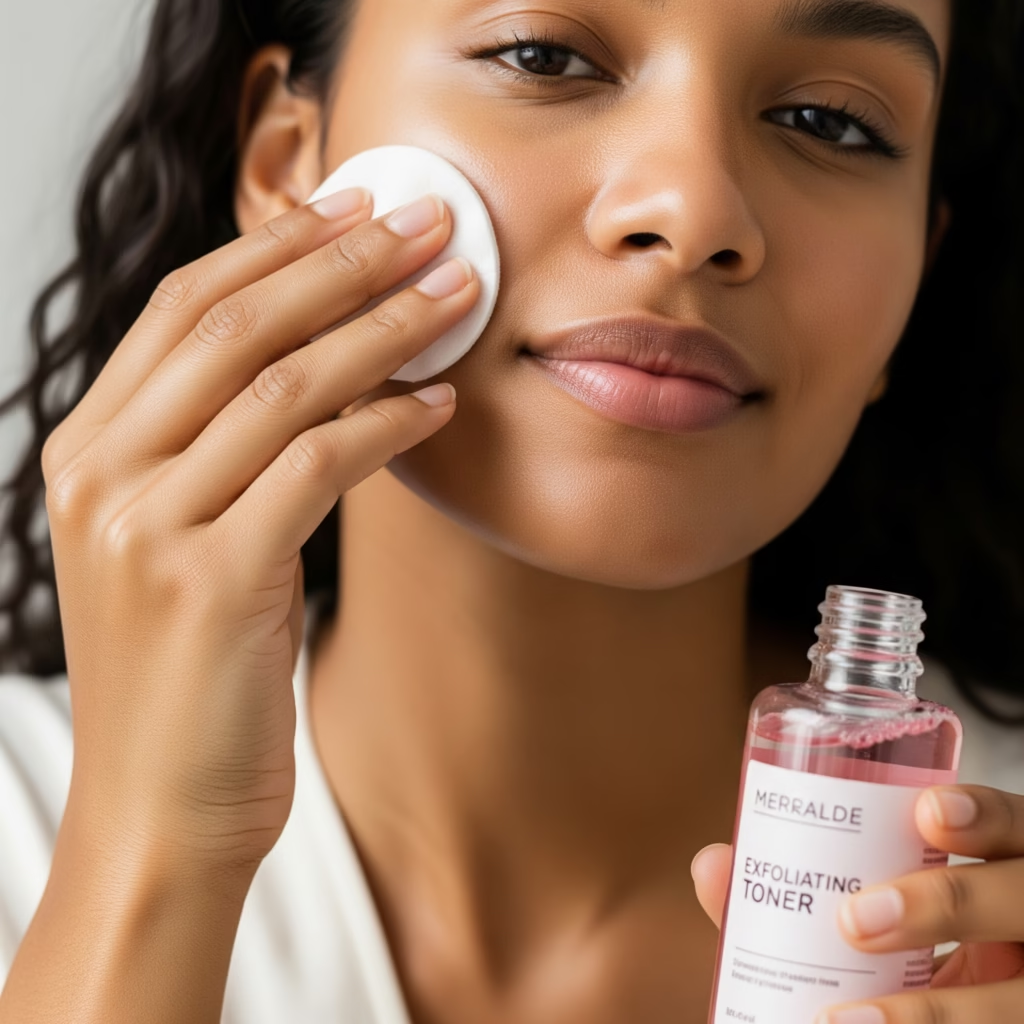
You don’t need to scrub like you’re polishing a kitchen sink. In fact, don’t. Over-exfoliating can worsen pigmentation.
Instead, use gentle chemical exfoliants like lactic acid or mandelic acid (especially if you have darker skin tones—they’re less irritating). Once or twice a week is enough. You’re removing dead skin that can make dark spots look worse and helping fresh skin come to the surface.
Think of it like decluttering your skin’s surface—make room for the good stuff.
7. Green Tea—Sip It, Dab It, Love It
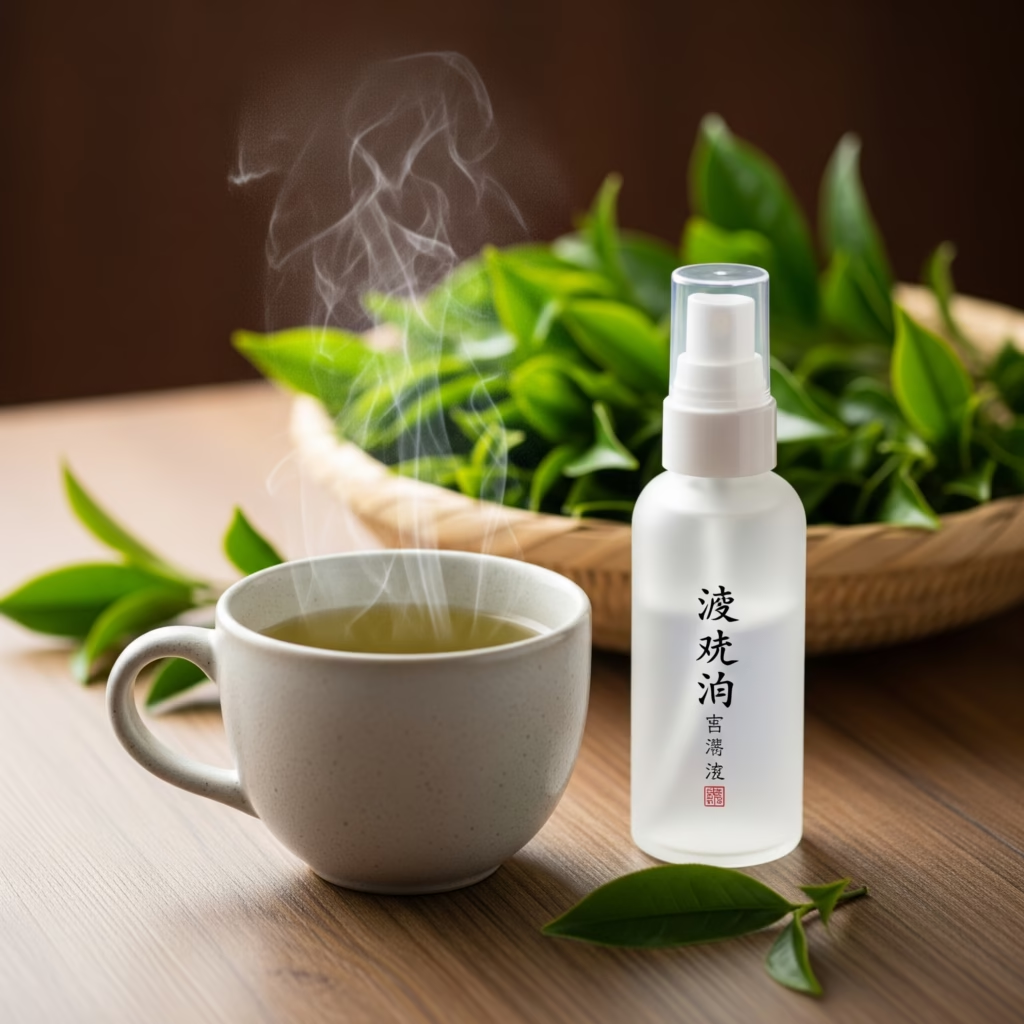
Green tea isn’t just good for your digestion and your mood. Its polyphenols, especially EGCG, have been shown to help reduce melanin production and protect the skin from UV-related pigmentation.
Try applying cooled green tea as a toner or compress. Or use skincare products that include it in the ingredient list. Bonus: it calms redness and inflammation too.
And yeah, sipping on it while you do your skincare routine just adds to the vibe.
8. Turmeric (Yes, That Yellow Spice in Your Kitchen)
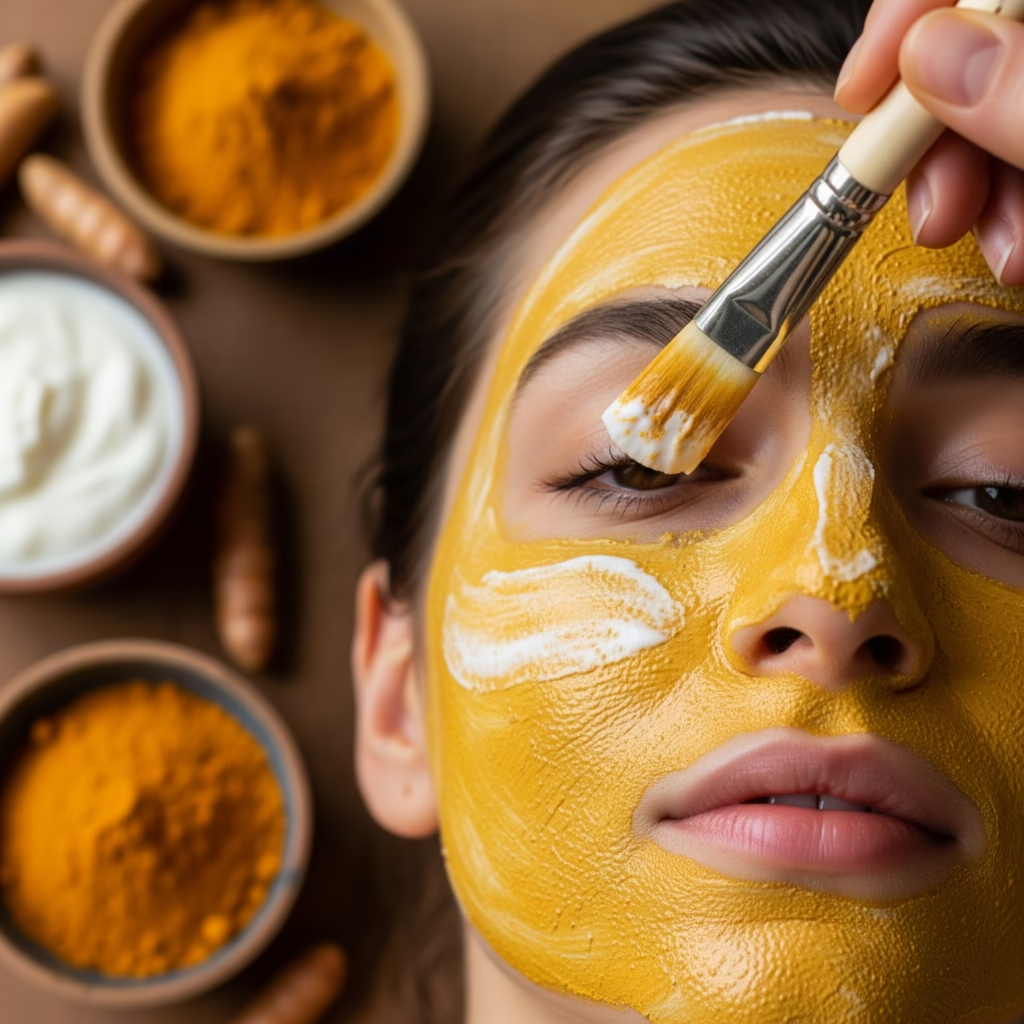
This isn’t your grandma’s remedy—it’s better. Curcumin, the active compound in turmeric, can help block excess melanin production and reduce pigmentation. But here’s the deal: it stains. So don’t go putting it raw on your skin unless you want a yellow hue for days.
Instead, look for turmeric-infused masks or serums. Or try a DIY paste with yogurt and honey to balance it out.
It might feel a little old-school, but science backs it up—so lean in.
9. Hydration Is Non-Negotiable
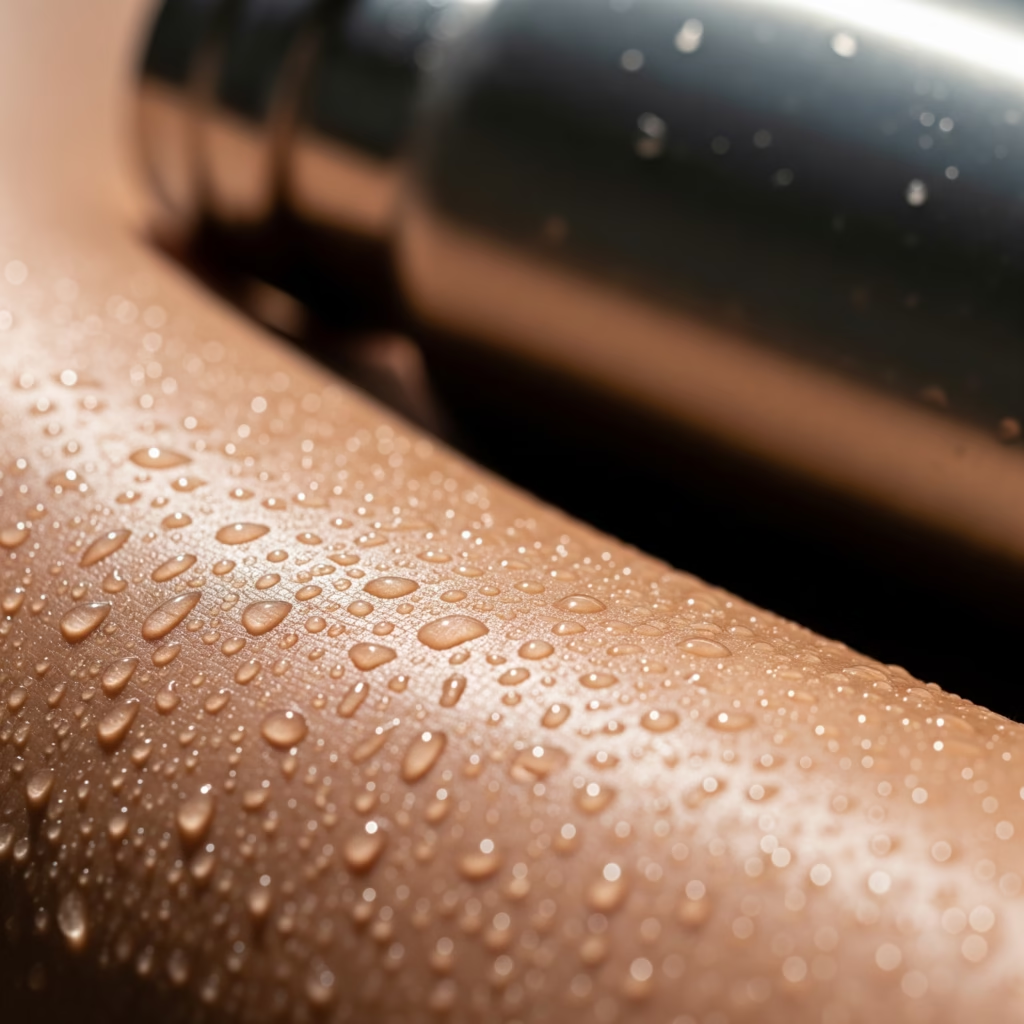
Dry skin tends to look dull, and dullness makes dark spots pop. Keeping your skin hydrated helps maintain its barrier, which improves healing and resilience. Hyaluronic acid, glycerin, and squalane are solid choices here.
But it’s not just about what you put on your face—drink water, eat hydrating foods (think cucumbers, oranges, berries), and cut back on dehydrating stuff like excess caffeine or alcohol.
Trust me—well-hydrated skin behaves better.
10. Get Your Hormones Checked (Seriously)

Sometimes, pigmentation isn’t about the sun or that zit from last summer. Hormonal fluctuations—hello, melasma—can wreak havoc. Especially during pregnancy, menopause, or if you’re on certain medications.
So if your pigmentation seems stubborn or keeps returning, it might be worth talking to a dermatologist or endocrinologist. It’s not always about surface-level fixes—sometimes, you need to dig a little deeper.
Final Thoughts (Because You Deserve Them)
Look, pigmentation doesn’t make your skin any less beautiful—but that doesn’t mean you have to love it. And while natural remedies can go a long way, they’re part of a lifestyle—not a quick fix. Consistency, patience, and a little TLC make all the difference.
Honestly? Half the battle is tuning out unrealistic beauty standards and tuning in to your own skin’s rhythm. And if you’re unsure where to start—pick one or two of these tips and build from there.
You’ve got this. Your skin’s story is still being written—might as well make it a good one.






